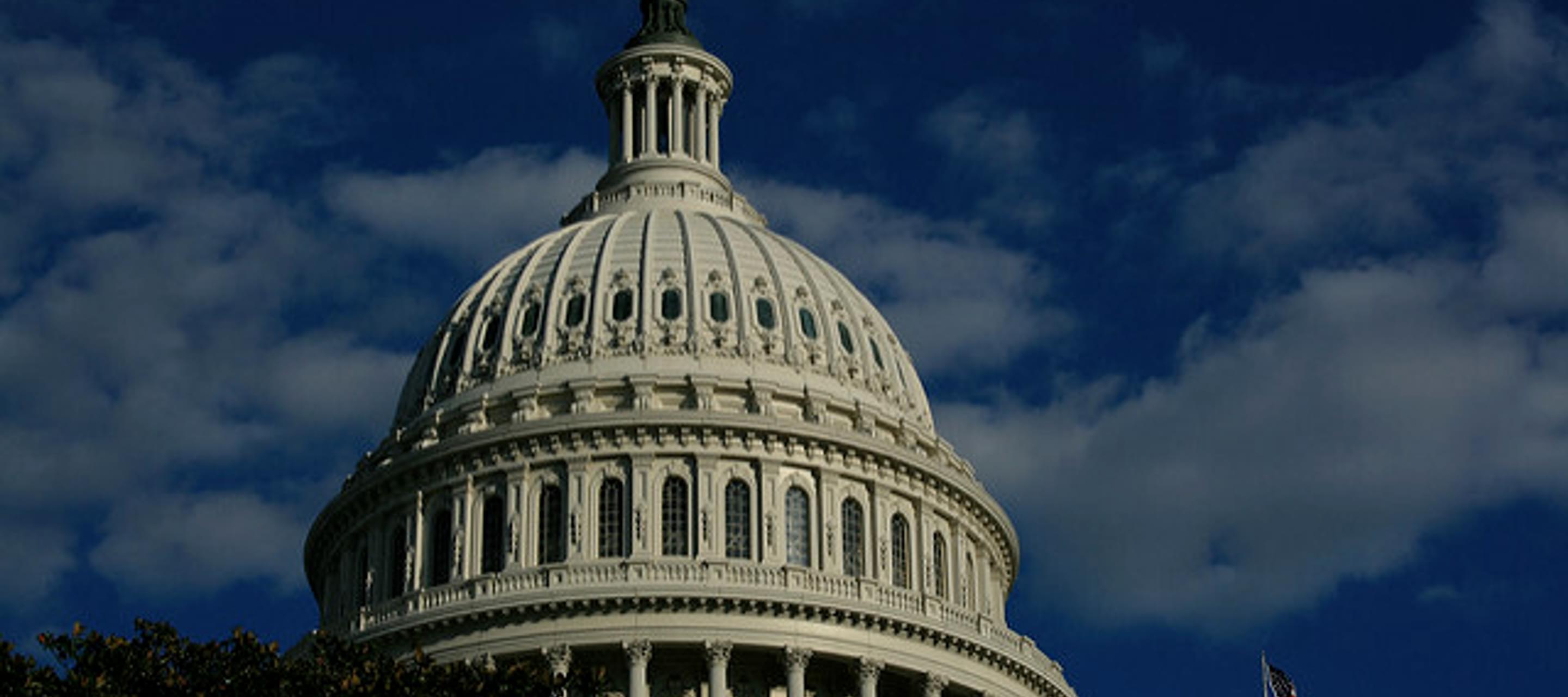Time for a NAP: Five Recommendations for the U.S. National Action Plan on Responsible Business Conduct
12 December 2014

Participants at this year’s UN Annual Forum on Business and Human Rights were abuzz about “National Action Plans” (NAPs) on business and human rights.
By definition, NAPs are government-led policy documents that should spell out priorities and future commitments in relation to a particular policy area or topic. NAPs themselves are not new – they already exist on topics ranging from women’s rights to renewable energy to government transparency. What is new, however, are NAPs on business and human rights, as well as the growing agreement amongst certain actors (who don’t always agree) that such plans are a worthwhile endeavor.
Since the adoption of the UN Guiding Principles on Business and Human Rights (UNGPs) in 2011, the UN Human Rights Council and various European bodies have called on governments to develop NAPs in order to give teeth to these principles. Such calls to action and guidance on how to develop and implement a NAP have created notable momentum, with four completed and two draft plans already in existence, albeit all concentrated in the European region.
NAPs are gaining popularity outside of Europe as well. Countries in the Global South such as Chile, Colombia, Mozambique, and Tanzania have all expressed commitments to developing their own plans, and, following a push from U.S.-based civil society groups, President Obama announced in late September 2014 that the U.S. government will develop a NAP on responsible business conduct.
A recently released report by the International Corporate Accountability Roundtable (ICAR) and the European Coalition for Corporate Justice (ECCJ) systematically assesses each of the four existing NAPs. Based on this analysis, five key lessons emerge for the United States as it begins the process to develop its NAP:
- A cross-section of government departments must be involved in the NAP. Business-related human rights impacts span the purview of all government entities, and this should be reflected in terms of who is involved in the NAP process. As such, an inter-departmental working group should be set up (and publicly disclosed) to oversee the NAP process. In addition to the State Department, this group should include representatives from the Departments of Commerce, Justice, Labor, and Treasury, among others.
- Meaningful consultation with a broad range of stakeholder groups must take place. Consultations on the NAP should span the drafting process, providing an opportunity for relevant actors to provide initial inputs as well as informed feedback on drafts of the plan as it develops. Rights-holders themselves or their representatives must also be at the table, along with business practitioners. Summary reports of each consultation should be made public so that there can be accountability for how stakeholder inputs are factored into the ultimate content of the NAP.
- A national baseline assessment is a step that must not be skipped. None of the NAPs so far were informed by a baseline assessment, and it shows. To address the most pressing governance gaps in the U.S. context, a structured baseline assessment (also known as a “mapping and gap analysis”) must take place before the NAP is finalized. In completing this key step in the process, the U.S. government should consider the national baseline assessment template in a joint report by ICAR and the Danish Institute for Human Rights.
- A framework for follow-up must be embedded in the NAP itself. The commitments outlined in the NAP run the risk of falling flat unless there are clear parameters for monitoring implementation. As such, the promises laid out in the NAP must be outlined side-by-side with an explicit articulation of who will be expected to deliver on those promises and when.
- The content of the NAP must include a “smart mix” of regulatory and voluntary mechanisms that are forward-looking and responsive to the most pressing protection gaps. The NAPs released thus far provide positive examples mostly in terms of voluntary measures governments aim to support, as well as helpful mappings of what’s been done so far within each country to address key protection gaps. The United States can improve upon these examples by better exploring future regulatory options to ensure that binding measures, where most appropriate, are developed. Moreover, key issues such as public procurement and access to effective remedy – two areas where vast gaps in human rights protections exist in U.S. law – must be addressed in the content of the NAP in a concrete and comprehensive manner.
Civil society groups and the impacted communities they work with or represent continue to express deep frustration with lack of progress on the ground in realizing business respect for human rights. Taking the long view, it is clear that concrete government action is needed in order to ensure the protection of human rights. While it’s important that companies themselves are strengthening their policies and practices through their own volition or through public pressure, we must also pressure governments to reform laws, policies, and practices in this area, including through regulation. NAPs have highlighted the importance of this approach and have put the onus on States to fulfill their legal obligations to protect human rights from business-related harms.
As the United States takes on the task of developing its NAP, it must reflect both internally and externally. Internally, that means systematically analyzing laws and policies to detect existing protection gaps. Externally, it requires taking seriously stakeholder feedback on the strengths and shortcomings of NAPs already in place. U.S. government officials are meeting with stakeholders Monday, December 15 in New York for the first in a series of consultations that will inform the contents of the plan.
It’s time for a NAP here in the United States, and we must all work together to make it meaningful.
Photo: Flickr-Navin Rajagopalan



